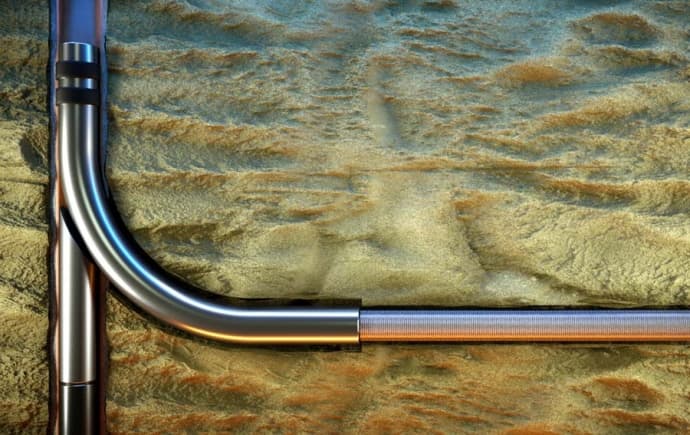Expandable liners are a proven solution for increasing diametric efficiency during well construction, maximizing the ID of the production conduit. When low pressure or thief zones are encountered while drilling, its essential that these intervals are isolated. In the instance of gas caps, if they are not successfully isolated, this can present the risk of gas influx during operations.
Solution
When drilling off the coast of Norway, an operator needed to isolate the gas cap in an 8-1/2” hole section. Due to the unstable nature of the formation, it was critical the operation was completed promptly. Our ReLine DL bottom-up expansion system was selected to remediate the issue.
The tool uses an expandable liner to isolate low pressure or thief zones which can be encountered while drilling. This provides a significant ID advantage when compared to a conventional liner string, enabling the safe and effective passage of larger completion liners, and ultimately, maximizing production.
Operation
Following detailed pre-planning, four Coretrax personnel were mobilized to install the 8-5/8” x 0.417”expandable liner through the window in the 10-3/4” 60.7# casing into an under-reamed open hole section from 1,690 to 2,144m. This allowed the operator to kick-off from the 10-3/4”, saving valuable rig time by eliminating the need to drill the 17-1/2” section and install a tie back.
The liner was cemented in place for zonal isolation, along with our premium expandable connections, which allowed 502m of liner to be run in a single trip. Hydraulic pressure was used to pump the expansion cone from the bottom of the liner to the top. It was then pressure tested to 2,650psi.
Achievements
Following a pressure test to 2,650psi, the liner shoe was successfully drilled out to allow the operator to continue operations. The use of the expandable liner delivered a post-expansion OD of 8.620” allowing the 8-1/2” section to be drilled. The deployment eliminated the requirement for additional drilling, delivering significant project efficiencies. The full project was completed in less than 40 hours.
